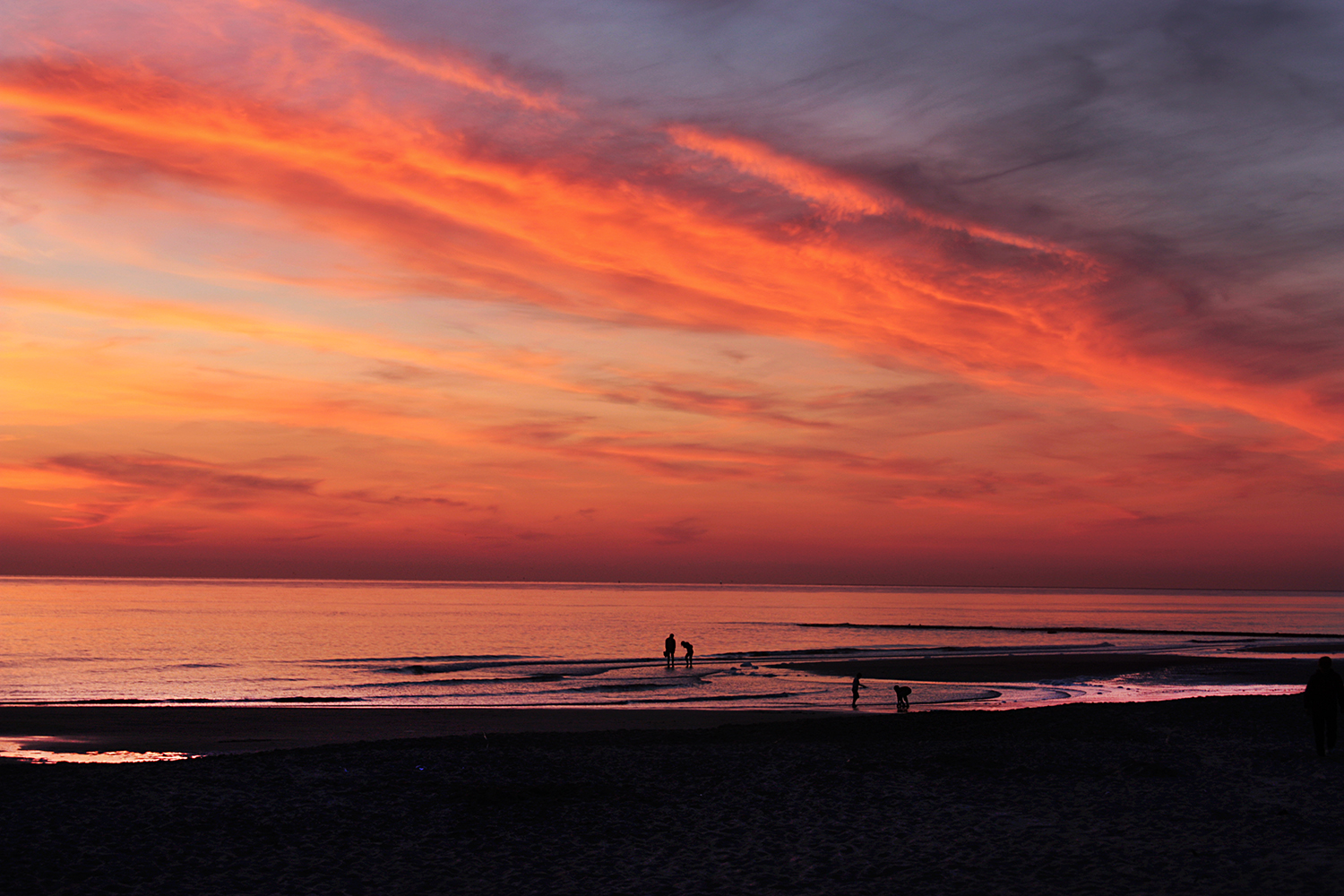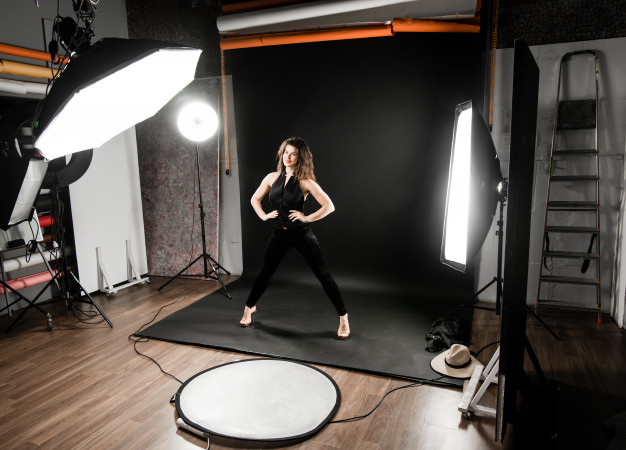The beauty of sunset never fails to appeal the camera lens. A camera has the ability to capture these last rays of the day as an alluring golden visual which is very satisfying and admiring to watch.To click some good and rich quality pictures of the sunset, you can follow the listed tips which will allow you to own good nature’s as well as fashion photographs in your album by enhancing the lights.
Here are some tips for sunset photography
- Shoot Raw: Sunset is beautiful in itself. The delicate golden light influenced by the ambiance of sunset is simply enough to get fascinating results of nature photography.
- Horizon Line: Don’t put the horizon line in the middle of the photograph. Instead, as per the general rule, put the horizon on the bottom third line of the photograph.
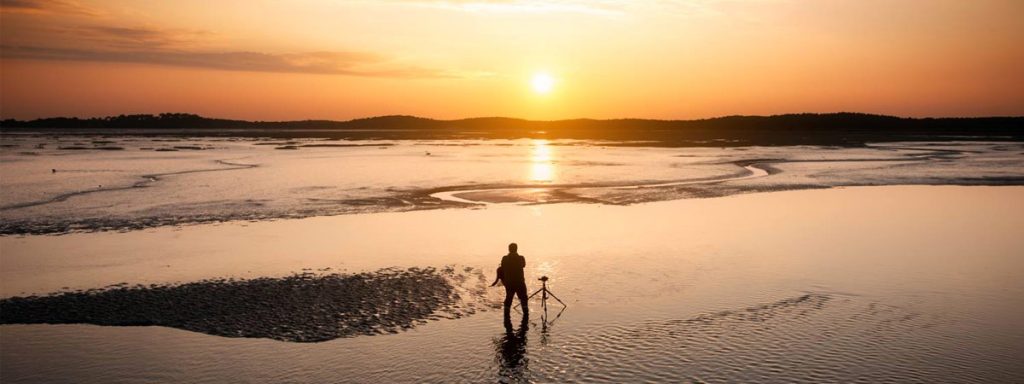
- Underexpose your Photograph: This can be the most helpful tip for taking pictures of sunsets. If you underexpose the scene it will make the colors of a sunset look richer and well printed. The entire scene will become more attractive and well portrayed. You can underexpose by setting up the manual mode and by opting for a faster shutter speed. Another option is to shoot in aperture priority and use the exposure.
- Aperture Priority with Exposure Compensation: You should shoot in aperture priority with exposure compensation while the sun is still setting down, and then you may switch to manual once the sun has set completely. This will allow you to click photographs conveniently as it will match up with the light levels that are changing quickly before the sunset. After that, you may switch to the manual mode so as to get a precise exposure after the sun sets down. In low light settings, the exposure of your camera will be inappropriate, so manual mode after sunset will be the best option.
- Auto White Balance: Instead of auto white balance, change the white balance to shade and it will allow you to have beautiful golden tones in your photograph.
- Find an Attractive Foreground: The major element of a good photograph of sunset is an object of interest in the foreground. It could be a lake, a pier, ocean or maybe anything else. Just find something interesting object to put in the foreground and therefore, add depth in the scene.
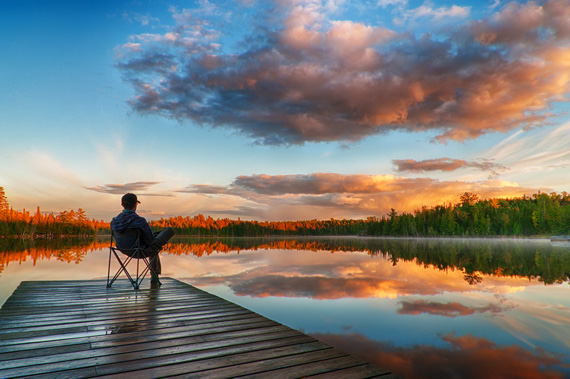
- Increase the Shutter Speed: This will help you to create silhouettes in the foreground by increasing your shutter speed. The key to taking a good silhouette in your shot is to find an object with deep details that would allow the sun to pass its shining rays which ultimately forms a recognizable and comprehending shape.
- Keep the ISO low: A lower ISO helps you to get a cleaner and well-exposed image. Set the ISO to the lowest as per the settings of your camera, usually either 100 or 200.
- Shoot in Wide Range: For sunset photography, a focal length that ranges between 14 mm to 24 mm is a good starting point to compose your photograph and get everything framed in the photograph that you want to click. After getting that particular wide angle shot, try using different lenses and also, you can zoom in. Try different focal lengths. You can also go for making a silhouette of a tree or a bridge or anything that is standing against the setting sun.
- Turn the Other Side: Undoubtedly, the sun is the most beautiful aspect of the sunset but sometimes wonders can be captured when you turn the other side. The sunset produces a beautiful warm light so; it creates a beautiful visual which entirely allures the sky.
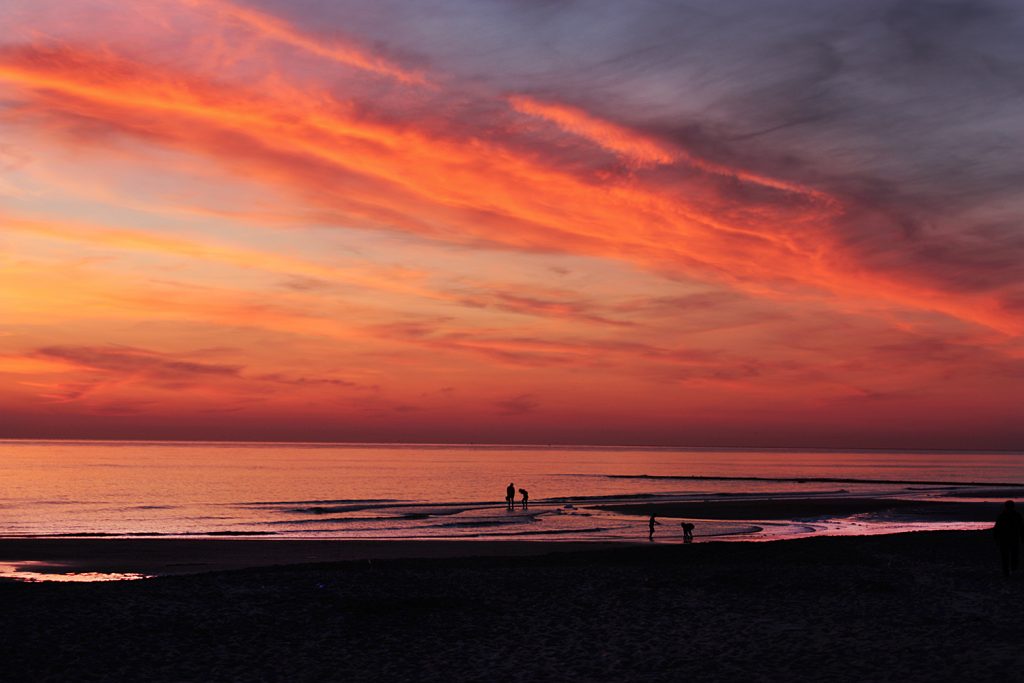
Other Tips:
- Click sunsets on rainy days. It happens to be the most beautiful visual at that time.
- Before the sun sets, prefer shooting in HDR so as to capture the high-quality dynamic photograph.
- Consider shooting panoramas to contrast the sunset colors with that of the sky.
- You may use a telephoto lens if you want the sun to look large in the sunset.
- Shoot in aperture priority mode (Might be on A or AV on your mode dial)
- Set your aperture to f/16.
- Set your ISO to 100.
- Let your camera decide the shutter speed.
- Set the focus point at 1/3 to capture the scene.
- Avoid using filters and polarisers.
